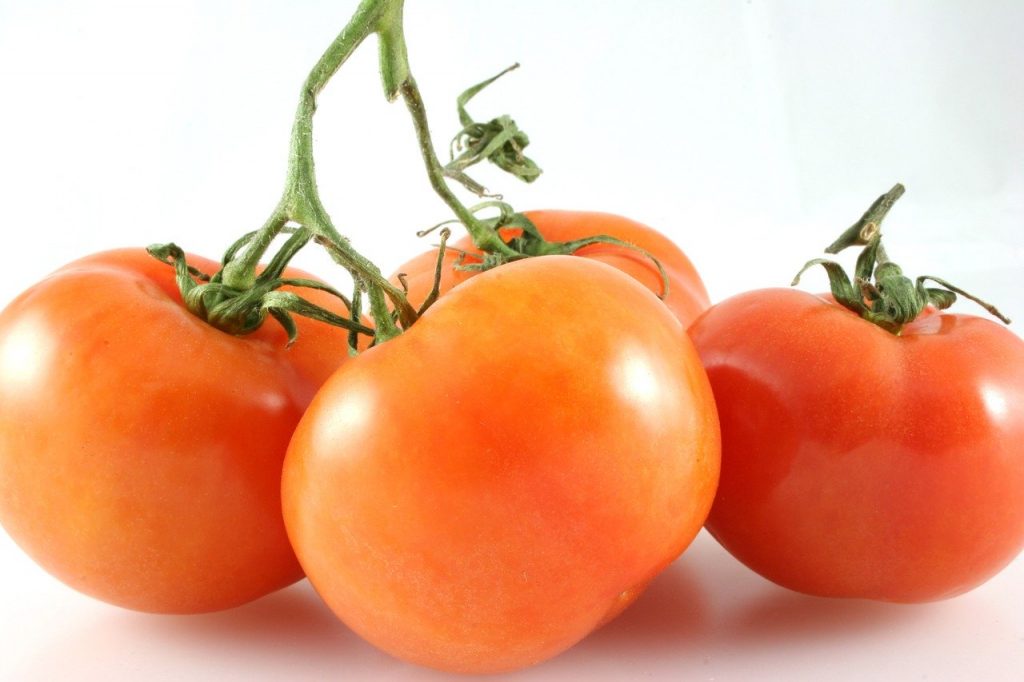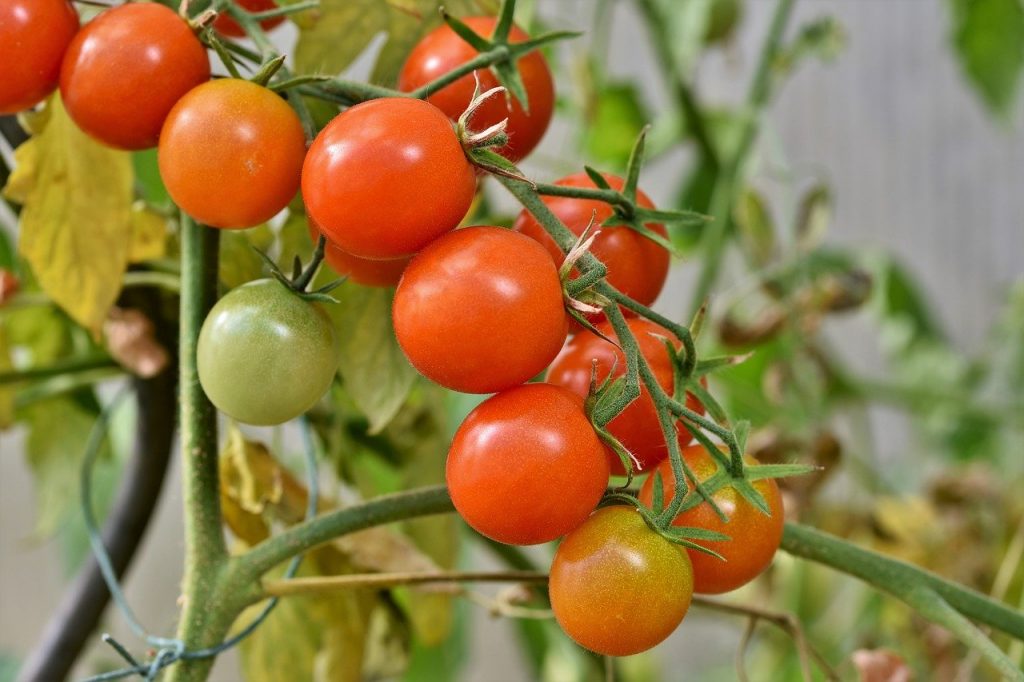[Article updated on 19/09/2023]
There are some topics of conversation that are best avoided when you are at the table with your friends, if you want to get along with them. Politics and football are two examples, but there is a third just as dangerous: is the tomato a fruit or a vegetable? By now, you probably already have an answer in mind and are ready to give it with some degree of indignation. But, the truth is that it all depends on who you ask. In the following lines, we add grist to the mill of this debate.
What is a tomato?
Tomatoes are the fruit of Solanum lycopersicum, a plant that belongs to the nightshade family. The plant brought back by the first explorers has only been cultivated in Europe since the 16th century. The tomato originates from the New World, more precisely from the region stretching from northern Chile to Venezuela. Since then, it has redefined culinary codes, especially in countries like Italy.

The nutritional properties of tomatoes make them a good source of biotin, beta-carotene, folic acid and many other vitamins, so they should not be missing in any diet.
Is tomato a fruit?
The term “fruit” is an old collective term to designate all plant productions that can be consumed raw. This classification includes berries (including tomatoes), nuts, pome fruits and exotic fruits.
Additionally, fruit should generally contain water and come from perennial plants that bear new fruit every year. Another important point is the development of the fruit. If it develops from the flower of the plant, the classification of tomato as a fruit is correct. In fact, tomatoes come from the yellow flowers of the plant. In addition, tomato plants are perennial plants, in their native area. Technically, the tomato is considered a fruit because it has seeds.
Are tomatoes vegetables?
The vegetables, on the other hand, refer not only to the fruiting body of a plant, but to all parts that can be used and eaten. These are, for example, the roots, the leaves or the entire plant itself. In addition, the collective term “vegetables” includes plant species that grow every year and do not form sweet fruits.
As tomatoes are very fresh but not sweet, their integration into the vegetable group is obvious. But this classification is incorrect, because tomatoes are actually not annual plants and they form from flowers. Every type of vegetable has flowers that grow away from the parts of the plant used, which is not the case with tomatoes.
What do the laws say?
We come to the other side of this interesting debate. Is tomato a vegetable? At least in the United States, nutritionists recognize the tomato as a vegetable. We cannot blame them because in this country the status of the tomato is recorded in the law books.
In 1886, a merchant named John Nix arrived at New York Harbor from India with a cargo of fruits and vegetables. Then-Customs Officer Edward Hedden called for a 10% tax under the Tariff Act of 1886, a law that taxes vegetable imports. Nix, very offended, replied that the tomato is not a vegetable, but a fruit.
The discussion must have been epic, because it ended up in court. In 1889, the United States Supreme Court was forced to intervene and issued a historic ruling declaring the tomato a vegetable.

What are tomatoes actually?
The debate over tomato classification is akin to the question of whether the chicken or the egg comes first. Indeed, biologically, the tomato is a fruit. Historically, the tomato is more of a vegetable. Legally, however, the tomato is a vegetable. Botanically, the tomato is a berry and colloquially, the tomato is a fruit. The difficulty comes from the fact that the tomato combines the characteristics of both groups.
In addition to the terms mentioned above, there is also an intermediate group that few people have heard of: fruiting vegetables. Fruiting vegetables are fruits which, due to their way of growing and their taste, cannot be classified exactly into one of the two groups. They are called fruiting vegetables to avoid confusion between the two groups. In addition to tomato, the following are included in fruiting vegetables. These are: cucumbers, eggplants, melons, peppers and pumpkins.
